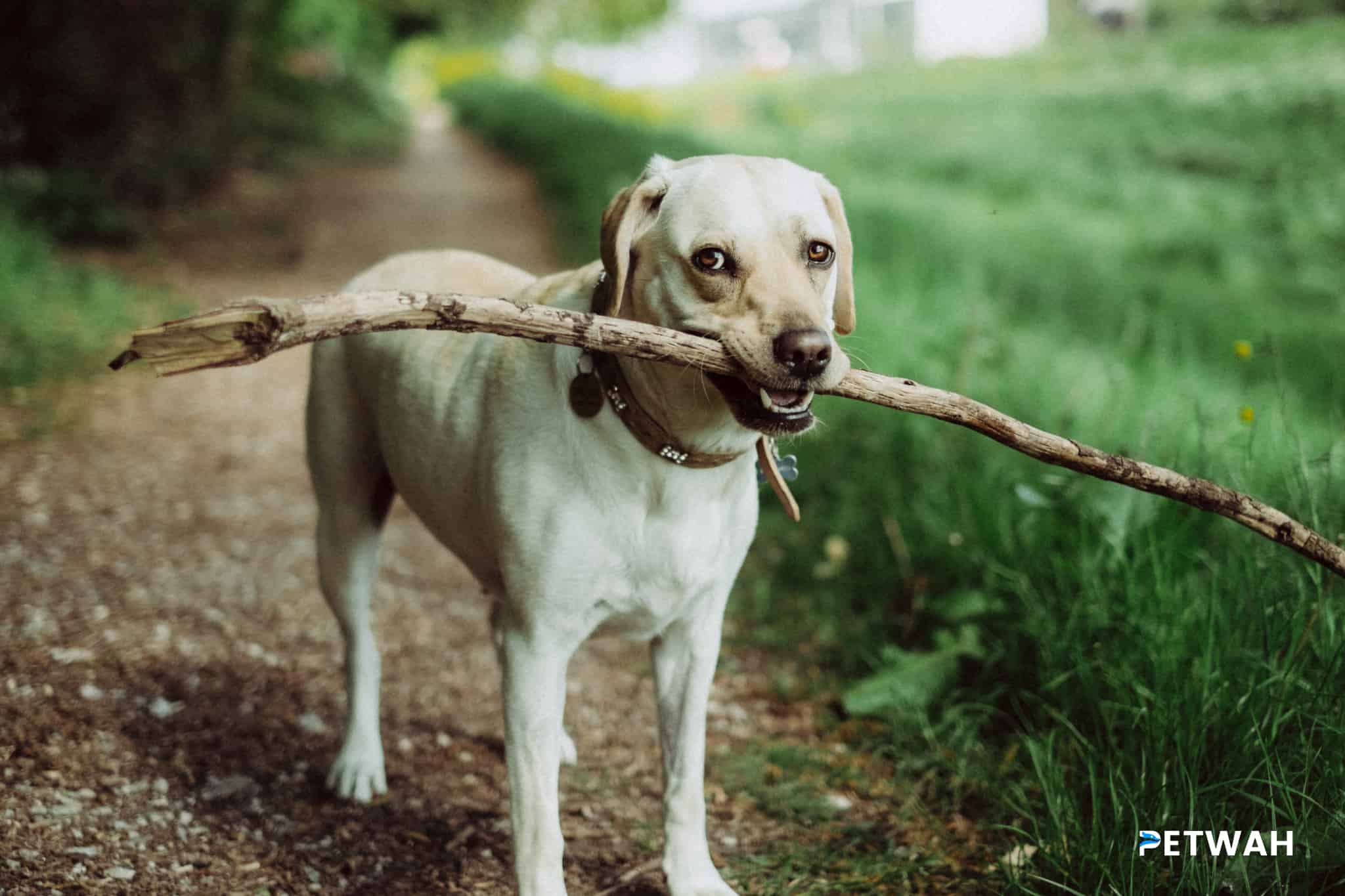Labradors are known for their affectionate and loyal nature. They are often referred to as “man’s best friend” and can easily form strong bonds with their owners. However, it’s important for couples to find a balance between showing love and attention to their Labrador without encouraging clingy behavior. In this blog post, we will discuss some strategies and tips for achieving that balance and maintaining a healthy relationship with your furry friend.
Setting Boundaries and Establishing a Routine
One effective way to prevent clingy behavior in Labradors is to establish boundaries and create a routine. Dogs thrive on structure, and having a consistent daily routine can help them feel secure and confident. Here are some tips to help you set boundaries and establish a routine:

– Create specific times for feeding, walking, playtime, and relaxation. Labradors are energetic dogs that require regular exercise, so make sure to include daily walks or play sessions in your routine.
– Teach your Labrador basic obedience commands, such as sit, stay, and leave it. This will not only make your life easier but also instill a sense of discipline and independence in your furry friend.
– Designate specific areas of your home where your Labrador is allowed and where they are not. This will help them understand their boundaries and prevent them from constantly seeking attention in every room.
– Use positive reinforcement techniques to reward good behavior. When your Labrador shows independence or follows commands without seeking constant attention, praise and reward them with treats or verbal affirmations.
Encouraging Independence and Alone Time
It’s essential for Labradors to learn to be independent and comfortable spending time alone. Here are some strategies to help encourage independence and provide your Labrador with some much-needed alone time:
– Gradually increase the amount of time your Labrador spends alone. Begin with short periods while you’re at home, and gradually extend the duration over time.
– Provide your Labrador with interactive toys or puzzle feeders to keep them mentally stimulated when they’re alone. This will help divert their attention from your absence and reinforce independence.
– Create a comfortable and secure space for your Labrador to retreat to when they need some alone time. This could be a crate, a designated bed, or a cozy corner in a quiet room.
– Avoid making a big fuss when you leave or return home. This can help reduce separation anxiety and prevent your Labrador from associating your departures and arrivals with heightened emotions.
Seeking Professional Help if Necessary
If you find that your Labrador’s clingy behavior is becoming problematic and interfering with your daily life, it may be beneficial to seek the assistance of a professional dog trainer or animal behaviorist. They can provide you with tailored advice and techniques to address the issue.
Remember, it’s important to be patient and consistent when implementing these strategies. You are helping your Labrador develop healthy habits and an understanding of appropriate boundaries. With time and effort, you can strike a balance that allows you to show love and attention to your furry friend while avoiding excessive clinginess.
FAQs
Q1: Why do Labradors tend to be clingy?
A1: Labradors are known for their affectionate and loyal nature. They thrive on human companionship and can form strong bonds with their owners. Some Labradors may become clingy if they have not been adequately socialized or if they have experienced separation anxiety in the past.
Q2: How much attention does a Labrador need?
A2: Labradors are sociable dogs that thrive on companionship and attention. They require daily exercise, mental stimulation, and affection. However, the amount of attention each Labrador needs can vary. It’s important to strike a balance between meeting their needs and not encouraging excessive clinginess.
Q3: Are there any potential downsides to a clingy Labrador?
A3: While Labradors are naturally affectionate, clinginess can become problematic if it interferes with their ability to be independent or leads to separation anxiety. Clingy Labradors may struggle when left alone, exhibit destructive behavior, or experience excessive distress when separated from their owners.
Q4: Are there any specific breeds that are less prone to clinginess?
A4: While no breed is entirely immune to clinginess, some dog breeds are generally known to be less prone to clingy behavior compared to Labradors. Examples include certain breeds like Basenjis or Greyhounds. However, it’s important to note that individual dog temperaments can always vary and should be considered on a case-by-case basis.
Q5: Is there a way to prevent clinginess in Labradors from a young age?
A5: Yes, it’s possible to prevent or minimize clinginess in Labradors from a young age by providing them with a structured routine, teaching them independence, and gradually exposing them to new people, places, and experiences. Proper socialization and training play a crucial role in raising a well-adjusted and independent Labrador.
In conclusion, finding the right balance between showing love and attention to your Labrador while avoiding clingy behavior is essential for a healthy and fulfilling relationship. By setting boundaries, establishing routines, encouraging independence, and seeking professional help if needed, you can ensure that both you and your furry friend enjoy a harmonious bond. Remember, patience and consistency are key when it comes to training your Labrador. With time and effort, you can develop a strong and balanced relationship with your beloved pet.
For more information on dog training and pet care, visit petwah.com – a one-stop destination for pet lovers looking for valuable resources and products to enhance their pet’s well-being.







